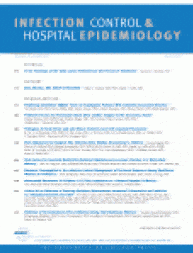March 28, 2011

The Question
How to describe the prevalence and characteristics of antimicrobial stewardship programs (ASPs) in hospitals across the United States and to describe financial support provided for these programs?
What we found
Five hundred twenty-two (50%) members responded. Seventy-three percent of respondents reported that their institutions had or were planning an ASP, compared with 50% reporting the same thing in an EIN survey 10 years before. A shift was noted from formulary restriction alone to use of a set of tailored strategies designed to provide information and feedback to prescribers, particularly in community hospitals. Lack of funding and lack of personnel were reported as major barriers to implementing a program. Fifty-two percent of respondents with an ASP reported that infectious diseases physicians do not receive direct compensation for their participation in the ASP, compared with 18% 10 years ago.
Why it matters
The percentage of institutions reporting ASPs has increased over the last decade, although small community hospitals were least likely to have these programs. In addition, ASP strategies have shifted dramatically. Lack of funding remains a key barrier for ASPs, and administrators need additional cost savings data in order to support ASPs. Interestingly, while guidelines and editorials regard compensated participation by an infectious diseases physician in these programs as critical, we found that more than half of the respondents reported no direct compensation for ASP activities.

